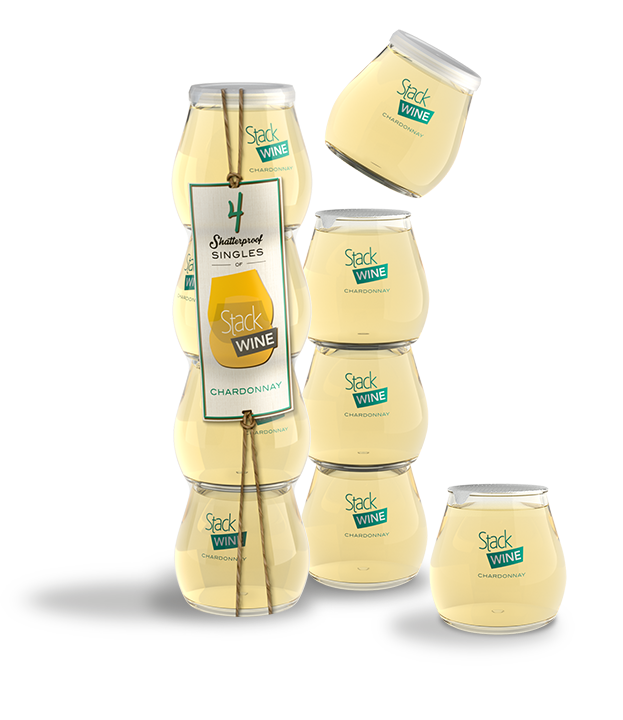Even if you are not purchasing $250 or $450 bottles of wine its a good idea to learn how to properly store your wine. Several people I know like to purchase wine at Cosco or Bevmo in bulk. It’s not because they are heavy drinkers or constantly throwing parties. They buy in bulk and/or are members of wine clubs because they want to build a collection of wine that will be readily available for when guests come over. If you or someone you know likes to buy copious amounts of wine, then continue reading to learn a few tips.
At iconic New Orleans restaurant Commander’s Palace, sommelier Dan Davis oversees a list of 2,700 wine bottles. Nbd. And in honor of spring cleaning, Davis considers the best practices for wine storage. Below, how to store bottles for the short and long-term, ideal temperatures, and cork conditions.
Q: How should I store wine at home to maximize a bottle’s potential?
Davis: There are many factors to consider when storing wine at home. All table wine will be affected, to some degree, by temperatures that are too high (above 77°F or 25°C), or by temperature variation over time. Even a few hours above this temperature will result in noticeable loss of fruit expression and may even result in a wine that is “cooked”—displaying characteristics of stewed or raisinated fruits that would not normally be encountered in the wine. Light-bodied wines such as 2013 Domaine Henri Boillot Bourgogne Rouge ($30) and 2014 Do Ferreiro Albariño from the Rías Baixas ($26)are particularly susceptible to heat damage.
Wine bottles with cork closures are also sensitive to humidity; if the cork dries out, oxygen will get past it and spoil the wine. It is generally accepted that the perfect conditions for storing wine long-term are those found in an underground cave: around 55°F (13°C) and between 70 and 90 percent relative humidity. Obviously, a dedicated wine cellar with controlled temperature and humidity is the best place to store wine for the long haul. Since most of us do not have a wine cellar in our homes, however, we must explore other options. Continue reading the rest of Kat Odell’s article on
Eater.com.
Photo source:
@marcocarnier







